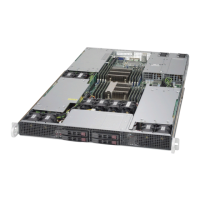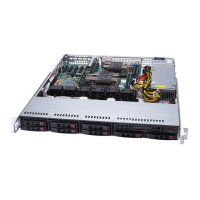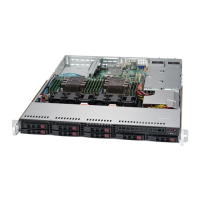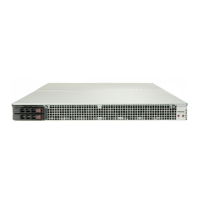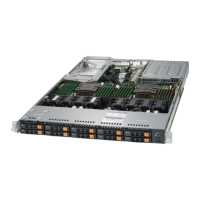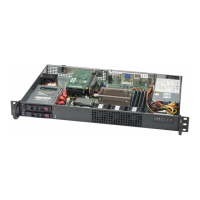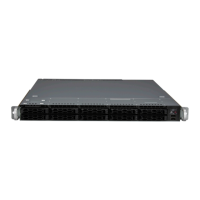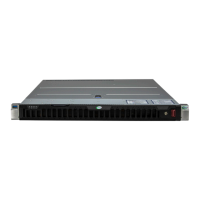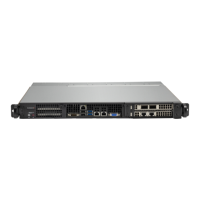WIT.RU
WIT Company – поставка серверов, СХД,
сетевого оборудования, лицензионного ПО
Chapter 7: BIOS
7-297-28
SUPERSERVER 1028R-TDW User's Manual
Redirection After BIOS Post
Use this feature to enable or disable legacy Console Redirection after BIOS
POST (Power-On Self-Test). When this feature is set to Bootloader, legacy
Console Redirection is disabled before booting the OS. When this feature is set
to Always Enable, legacy Console Redirection remains enabled upon OS boot.
The options are Always Enable and Bootloader.
Serial Port for Out-of-Band Management/Windows Emergency
Management Services (EMS)
The submenu allows the user to congure Console Redirection settings to sup-
port Out-of-Band Serial Port management.
EMS Console Redirection
Select Enabled to use a COM port selected by the user for EMS Console Redi-
rection. The options are Enabled and Disabled.
*If the item above set to Enabled, the following items will become available for
user's conguration:
EMS Console Redirection Settings (Available when EMS
Console Redirection is enabled)
Use this feature to specify how the host computer will exchange data with the client
computer, which is the remote computer used by the user.
Out-of-Band Management Port
The feature selects a serial port in a client server to be used by the Windows
Emergency Management Services (EMS) to communicate with a remote host
server. The options are COM1 (Console Redirection) and SOL/COM2 (Console
Redirection).
Terminal Type
Use this feature to select the target terminal emulation type for Console Redirec-
tion. Select VT100 to use the ASCII character set. Select VT100+ to add color
and function key support. Select ANSI to use the extended ASCII character set.
Select VT-UTF8 to use UTF8 encoding to map Unicode characters into one or
more bytes. The options are ANSI, VT100, VT100+, and VT-UTF8.
Bits Per Second
This item sets the transmission speed for a serial port used in Console Redirec-
tion. Make sure that the same speed is used in both host computer and the client
computer. A lower transmission speed may be required for long and busy lines.
The options are 9600, 19200, 57600, and 115200 (bits per second).
Flow Control
Use this item to set the ow control for Console Redirection to prevent data
loss caused by buffer overow. Send a "Stop" signal to stop data-sending when
the receiving buffer is full. Send a "Start" signal to start data-sending when
the receiving buffer is empty. The options are None, Hardware RTS/CTS, and
Software Xon/Xoff.
The setting for each these features is displayed:
Data Bits, Parity, Stop Bits
Trusted Computing (Available when a TPM device is
installed and detected by the BIOS)
Conguration
Security Device Support
If this feature and the TPM jumper on the motherboard are both set to Enabled,
onboard security devices will be enabled for TPM (Trusted Platform Module) sup-
port to enhance data integrity and network security. Please reboot the system for
a change on this setting to take effect. The options are Enabled and Disabled.
TPM State
Select Enabled to use TPM (Trusted Platform Module) settings to enhance system
data security. Please reboot your system for any change on the TPM state to take
effect. The options are Disabled and Enabled.
Pending Operation
Use this item to schedule a TPM-related operation to be performed by a security
device for system data integrity. Your system will reboot to carry out a pending TPM
operation. The options are 0, Enable Take Ownership, Disable Take Ownership,
and TPM Clear.
Note: Your system will reboot to carry out a pending TPM operation.
Current Status Information
This item displays the status of the TPM support on this motherboard.
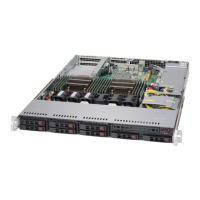
